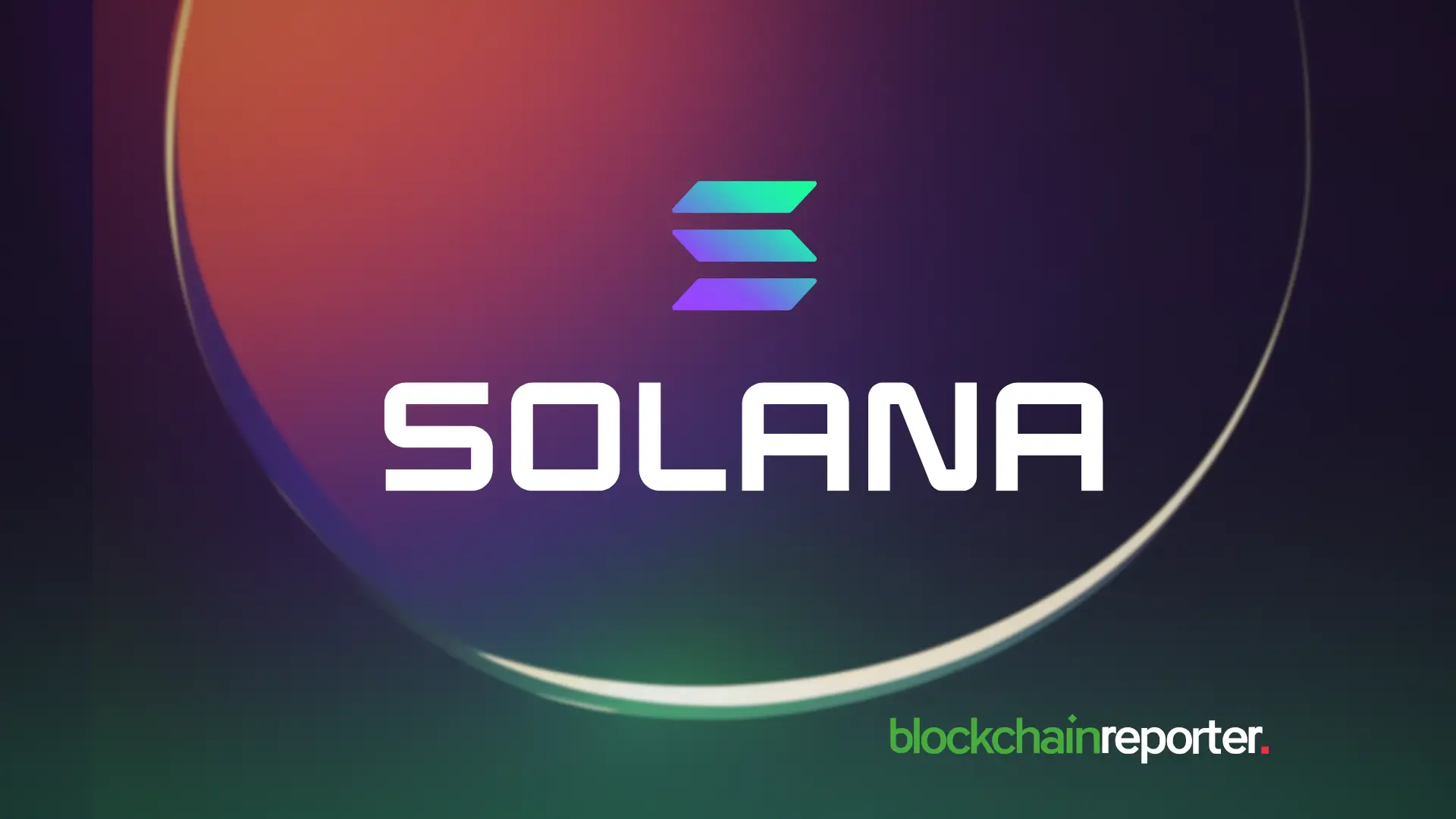El Segundo, CA – October 03: An aerial view of Chevron crews attempting to extinguish a large fire and explosion that occurred at Chevron Refinery in El Segundo Friday, Oct. 3, 2025. (Allen J. Schaben / Los Angeles Times via Getty Images)
Los Angeles Times via Getty Images
On the evening of October 2, a massive fire broke out at Chevron’s El Segundo refinery just southwest of Los Angeles. The blaze was visible across the South Bay and drew a large emergency response, but it was ultimately contained without injuries. While the fire was limited to a single process unit, the facility’s importance to California’s fuel supply means the incident could ripple through regional gasoline markets almost immediately, exacerbating an already challenging situation.
Built in 1911, the El Segundo refinery is Chevron’s largest on the West Coast, with a processing capacity of about 290,000 barrels of crude oil per day. (Contrary to multiple news reports, the facility does not produce oil–it processes oil). The facility plays an outsized role in California’s fuel economy, supplying roughly 20% of Southern California’s gasoline and more than 40% of its jet fuel. Any disruption there carries implications far beyond Los Angeles County. Even a short-term outage can tip the balance in a state where fuel supplies are tightly constrained.
California’s gasoline market is unique in several respects that magnify the impact of such accidents. The state is effectively an island when it comes to refined products, with only limited pipeline connections to the broader U.S. refining system. On top of that, California requires its own specialized blend of gasoline to meet stringent environmental standards. CARB-compliant fuel cannot be easily substituted with supply from other states, and imports from Asia or the Gulf Coast typically require weeks to arrive. This leaves the state unusually exposed when local refineries experience disruptions.
The timing of this fire could hardly be worse for consumers. Inventories of gasoline in California were already running about 10% below their five-year average in late September, according to federal data. Seasonal maintenance at refineries is also underway, which typically reduces output heading into the fall. Add in steady demand from motorists and elevated jet fuel consumption at Los Angeles International Airport, and the system has very little cushion. Even if Chevron brings the damaged unit back online quickly, the short-term effect is likely to be tighter supply and higher prices.
Market watchers expect the most immediate impact in wholesale prices. Spot gasoline prices in Los Angeles and San Francisco are likely to spike, with retail prices potentially climbing 10 to 25 cents per gallon in the short term. If the outage drags on, refiners may need to import additional supply from Asia or the Gulf Coast, but those barrels would not land for several weeks. In the meantime, competing refiners such as Valero and PBF Energy could see margins widen as price spreads favor available local supply.
For California policymakers, refinery incidents like this highlight the state’s ongoing vulnerability to fuel price volatility. Emergency reserves are limited and calls to temporarily relax fuel specifications may resurface if the disruption persists. But such measures only offer modest relief, and they underscore a larger challenge: California’s dependence on a handful of refineries to keep its 30 million drivers on the road.
While the El Segundo fire fortunately caused no injuries, its market consequences are harder to contain. California consumers already pay some of the highest gasoline prices in the nation, and this accident could push costs even higher as the state heads into the holiday travel season. The incident serves as a reminder that in an isolated market with strict fuel standards and little spare capacity, even one facility’s troubles can ripple across the state’s economy in a matter of days.
Source: https://www.forbes.com/sites/rrapier/2025/10/03/chevron-refinery-fire-threatens-californias-fragile-fuel-supply/


